Afghanistan offensive on Taliban in Helmand
NATO-led forces say they are making good progress hours after launching the biggest offensive in Afghanistan since the overthrow of the Taliban in 2001.
Saturday, 13.02.2010.
10:33

NATO-led forces say they are making good progress hours after launching the biggest offensive in Afghanistan since the overthrow of the Taliban in 2001. There were clashes as more than 15,000 US, UK and Afghan troops swept into the Helmand areas of Marjah and Nad Ali in a bid to secure government control. Afghanistan offensive on Taliban in Helmand The Afghan Army said 70 percent of Marjah had been cleared, while a UK commander said 11 Taliban bases had been captured. A Taliban commander reportedly said his men were retreating to spare civilians. Operation Moshtarak - which means "together" in the local Dari language - is being led by the U.S. Marine Corps, supported by 4,000 British troops, with Canadians, Danes and Estonians. The BBC's Frank Gardner, with NATO forces at Kandahar airbase, says the test of the operation's success will not be on the battlefield. It all depends on whether the coalition can hold the ground and bring lasting security and good governance to the population of central Helmand. Five members of the Taliban were killed and two arrested in the opening stages of the assault, Afghan officials said. Afghan President Hamid Karzai warned troops to avoid civilian casualties, according to AFP news agency. NATO says Marjah is home to the biggest community under insurgent control in the south, with between 400 and 1,000 militants based there before Operation Moshtarak was launched. More than 4,000 U.S. marines, 1,500 Afghan soldiers and 300 U.S. soldiers moved in by helicopter under cover of night. The U.S. marines led the attack on Marjah while to the north, British, Canadian and other American forces moved on Nad Ali. NATO Commander Maj Gen Nick Carter told the BBC that 11 objectives had already been taken and the offensive had been "so far extremely successful". "Indeed it would appear that we've caught the insurgents on the hop - he appears to be completely dislocated," he said. It is thought the Taliban have prepared defences, and planted many improvised explosive devices (IEDs) on the routes they expect troops to take. Mullah Mohammed - a Taliban Commander in Marjah - told ABC News that his men were pulling back to spare any civilian casualties. "We found civilians in massive danger so we decided to go backward just to save villagers lives," he said. His claim cannot be substantiated. Nato had distributed leaflets in the Marjah area warning of the planned offensive in a bid to limit civilian casualties. Earlier this week British forces began a "softening up" process, taking part in a Nato ground and air offensive on insurgent positions. For the first time Afghan forces have been at the forefront of planning and will share the burden of the fighting. More than 1,900 Afghan police will provide support after the initial military operations end, and a large team of Afghan administrators have been assembled. The operation is part of an effort to secure a 320-kilometer horseshoe-shaped string of towns that runs along the Helmand River, through Kandahar and on to the Pakistani border. The area holds 85 percent of the population of Kandahar and Helmand.
Afghanistan offensive on Taliban in Helmand
The Afghan Army said 70 percent of Marjah had been cleared, while a UK commander said 11 Taliban bases had been captured.A Taliban commander reportedly said his men were retreating to spare civilians.
Operation Moshtarak - which means "together" in the local Dari language - is being led by the U.S. Marine Corps, supported by 4,000 British troops, with Canadians, Danes and Estonians.
The BBC's Frank Gardner, with NATO forces at Kandahar airbase, says the test of the operation's success will not be on the battlefield.
It all depends on whether the coalition can hold the ground and bring lasting security and good governance to the population of central Helmand.
Five members of the Taliban were killed and two arrested in the opening stages of the assault, Afghan officials said.
Afghan President Hamid Karzai warned troops to avoid civilian casualties, according to AFP news agency.
NATO says Marjah is home to the biggest community under insurgent control in the south, with between 400 and 1,000 militants based there before Operation Moshtarak was launched.
More than 4,000 U.S. marines, 1,500 Afghan soldiers and 300 U.S. soldiers moved in by helicopter under cover of night.
The U.S. marines led the attack on Marjah while to the north, British, Canadian and other American forces moved on Nad Ali.
NATO Commander Maj Gen Nick Carter told the BBC that 11 objectives had already been taken and the offensive had been "so far extremely successful".
"Indeed it would appear that we've caught the insurgents on the hop - he appears to be completely dislocated," he said.
It is thought the Taliban have prepared defences, and planted many improvised explosive devices (IEDs) on the routes they expect troops to take.
Mullah Mohammed - a Taliban Commander in Marjah - told ABC News that his men were pulling back to spare any civilian casualties.
"We found civilians in massive danger so we decided to go backward just to save villagers lives," he said. His claim cannot be substantiated.
Nato had distributed leaflets in the Marjah area warning of the planned offensive in a bid to limit civilian casualties.
Earlier this week British forces began a "softening up" process, taking part in a Nato ground and air offensive on insurgent positions.
For the first time Afghan forces have been at the forefront of planning and will share the burden of the fighting.
More than 1,900 Afghan police will provide support after the initial military operations end, and a large team of Afghan administrators have been assembled.
The operation is part of an effort to secure a 320-kilometer horseshoe-shaped string of towns that runs along the Helmand River, through Kandahar and on to the Pakistani border.
The area holds 85 percent of the population of Kandahar and Helmand.


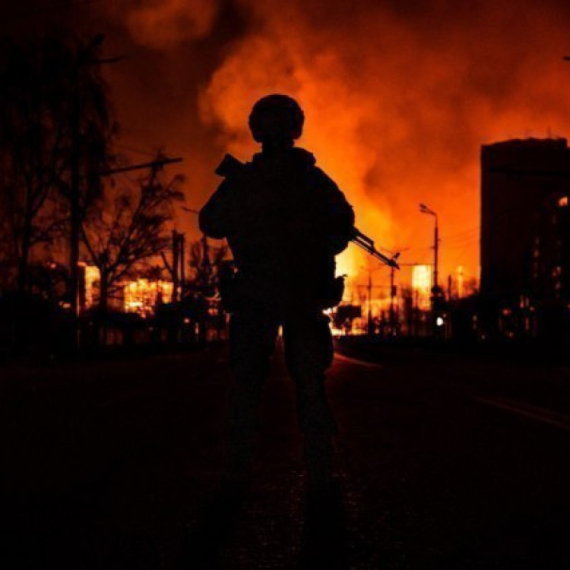



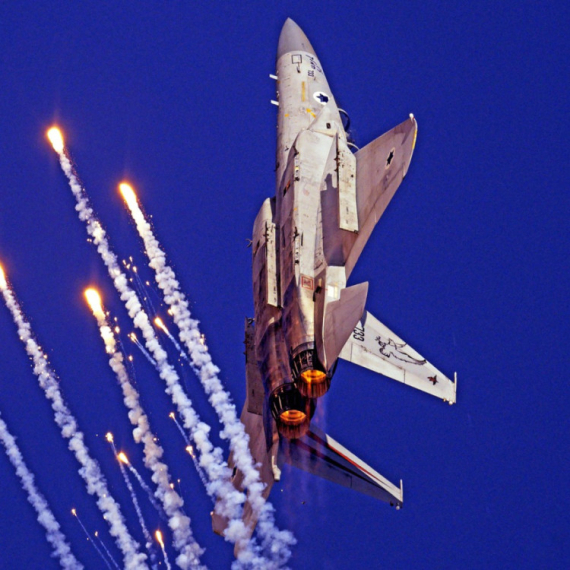



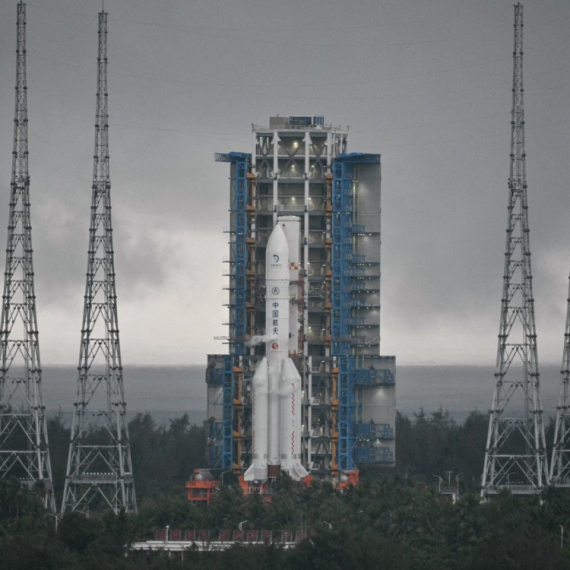
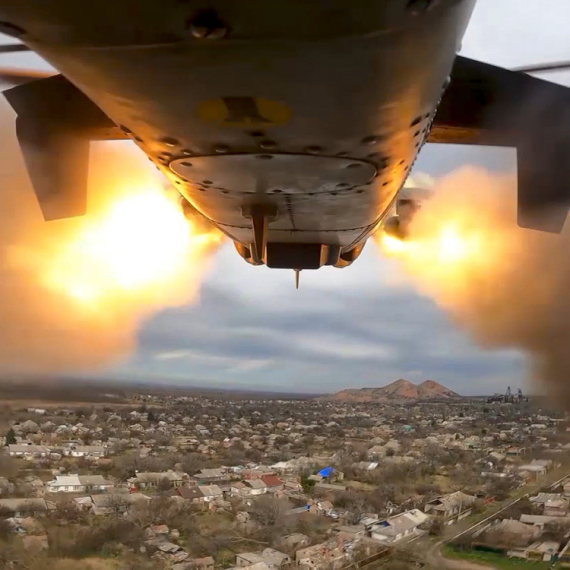




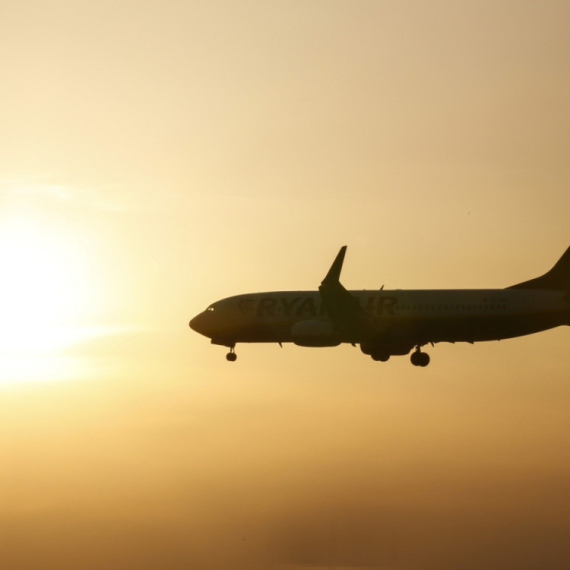
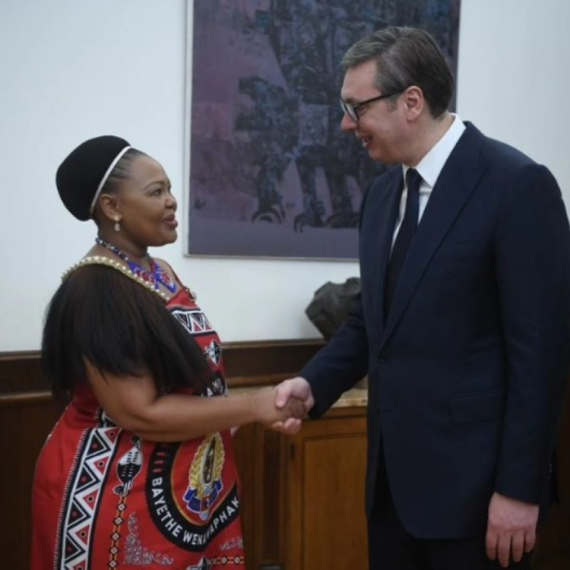




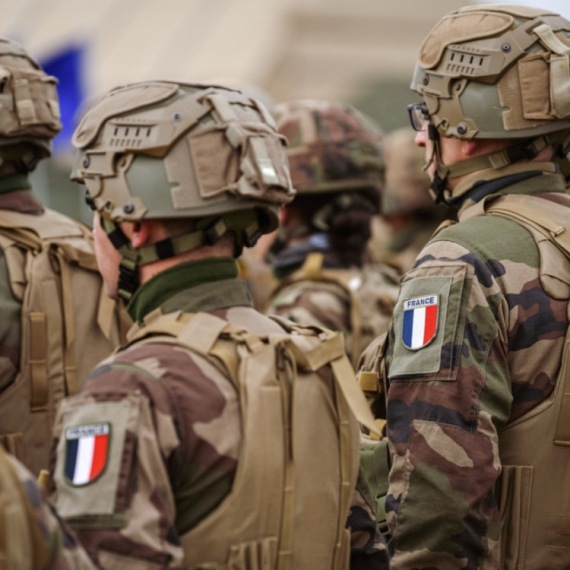
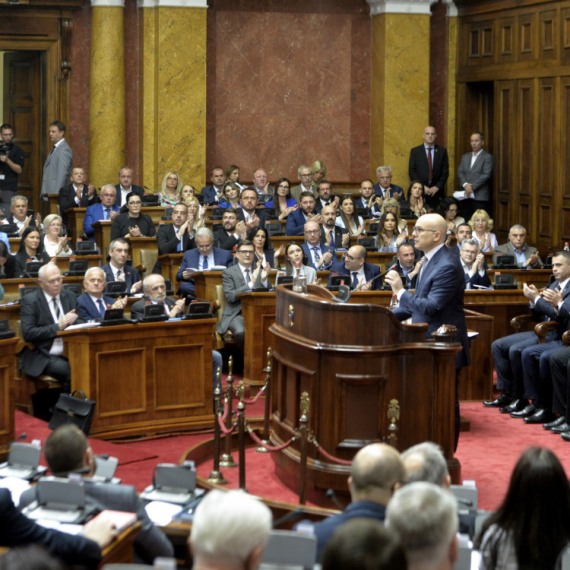
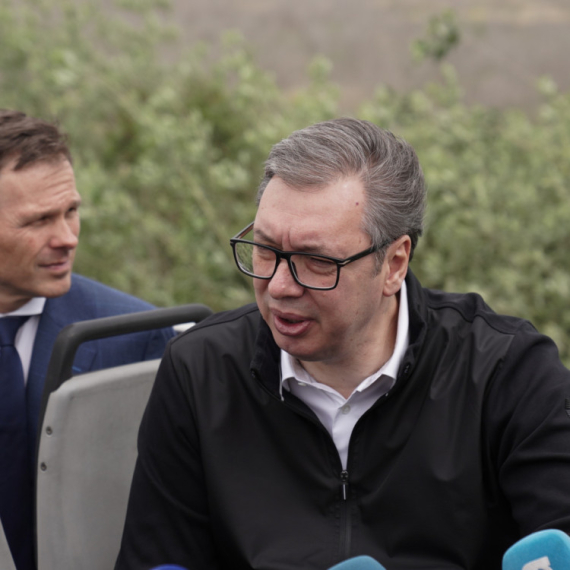

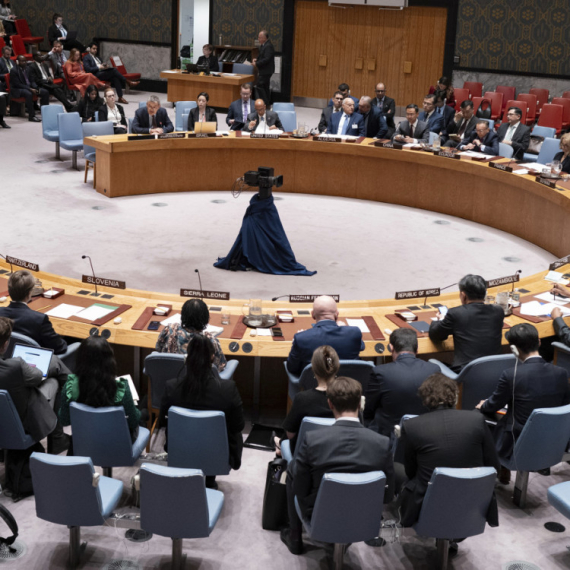





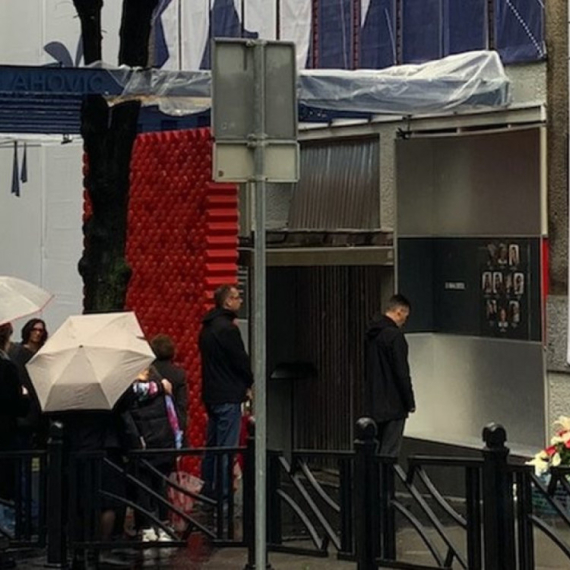
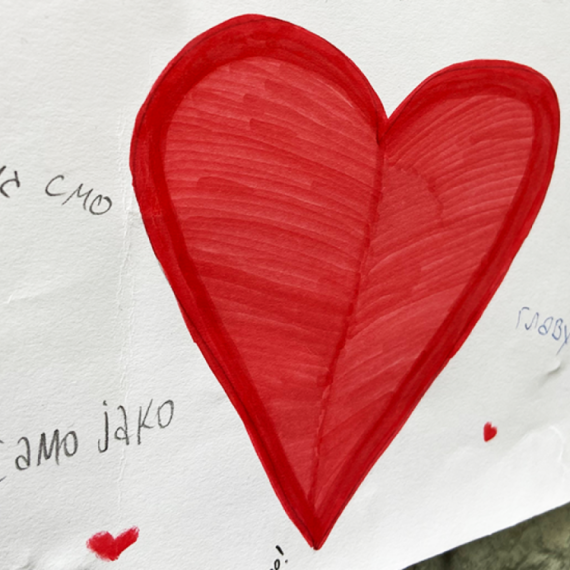
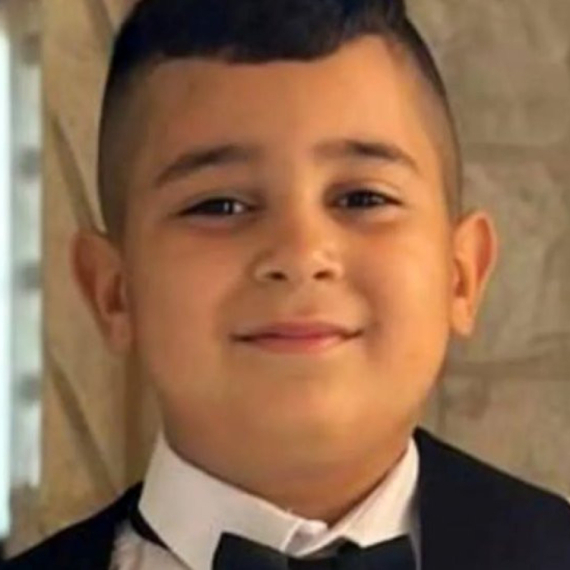

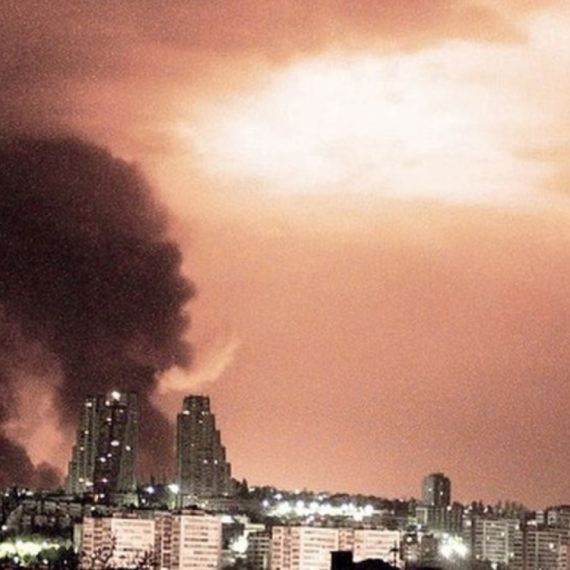

Komentari 9
Pogledaj komentare